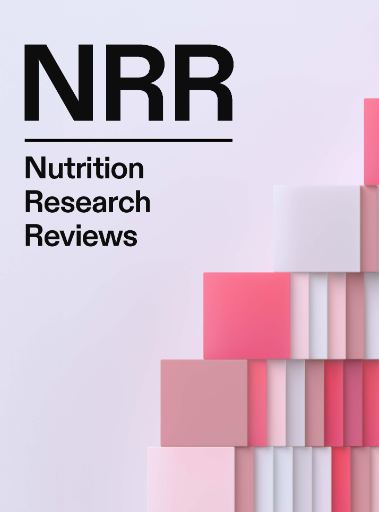识别肥胖症营养不良所面临的挑战;技术现状和未来研究方向概述
IF 4.5
2区 医学
Q1 NUTRITION & DIETETICS
引用次数: 0
摘要
(由于肥胖症的独特生理特征,肥胖症患者的(蛋白质-能量)营养不良给诊断带来了复杂的挑战。这篇叙述性综述对肥胖人群中营养不良的识别进行了批判性研究,并将营养不良与肌肉疏松性肥胖等相关疾病进行了区分。在注意到一些共同特征的同时,综述强调了这些病症之间的主要区别。综述还强调了当前营养不良筛查工具的局限性,因为这些工具不是为肥胖症患者设计的。这些工具主要依赖于人体测量,忽视了营养摄入评估(其中包括),从而阻碍了营养不良的准确检测。此外,本综述还讨论了现有诊断标准(包括《全球营养不良领导倡议》(GLIM)标准)在应用于肥胖症患者时存在的局限性。面临的挑战包括为表型标准(无意体重减轻、低体重指数和肌肉质量)和病因标准(如肥胖人群食物摄入减少和炎症)确定合适的临界值。总之,本综述强调有必要修改筛查工具和诊断标准,以识别和评估肥胖症患者的营养不良情况,从而改善临床疗效和整体健康。本文章由计算机程序翻译,如有差异,请以英文原文为准。
Challenges in Identifying Malnutrition in Obesity; An Overview of the State of the Art and Directions for Future Research
(Protein-energy) malnutrition in individuals living with obesity presents complex diagnostic challenges due to the distinctive physiological characteristics of obesity. This narrative review critically examines the identification of malnutrition within the population with obesity, distinguishing malnutrition from related conditions such as sarcopenic obesity. While noting some shared features, the review highlights key differences between these conditions. The review also highlights the limitations of current malnutrition screening tools, which are not designed for individuals living with obesity. These tools primarily rely on anthropometric measurements, neglecting (among others) nutrient intake assessment, which hinders accurate malnutrition detection. Additionally, this review discusses limitations in existing diagnostic criteria, including the Global Leadership Initiative on Malnutrition (GLIM) criteria, when applied to individuals living with obesity. Challenges include the identification of appropriate cut-off values for phenotypic criteria (unintentional weight loss, low body mass index and muscle mass) and etiological criteria such as reduced food intake and inflammation for the population with obesity. Overall, this review emphasises the need for modified screening tools and diagnostic criteria to recognise and assess malnutrition in obesity, leading to improved clinical outcomes and overall well-being.
求助全文
通过发布文献求助,成功后即可免费获取论文全文。
去求助
来源期刊

Nutrition Research Reviews
医学-营养学
CiteScore
16.10
自引率
1.80%
发文量
30
期刊介绍:
Nutrition Research Reviews offers a comprehensive overview of nutritional science today. By distilling the latest research and linking it to established practice, the journal consistently delivers the widest range of in-depth articles in the field of nutritional science. It presents up-to-date, critical reviews of key topics in nutrition science advancing new concepts and hypotheses that encourage the exchange of fundamental ideas on nutritional well-being in both humans and animals.
 求助内容:
求助内容: 应助结果提醒方式:
应助结果提醒方式:


